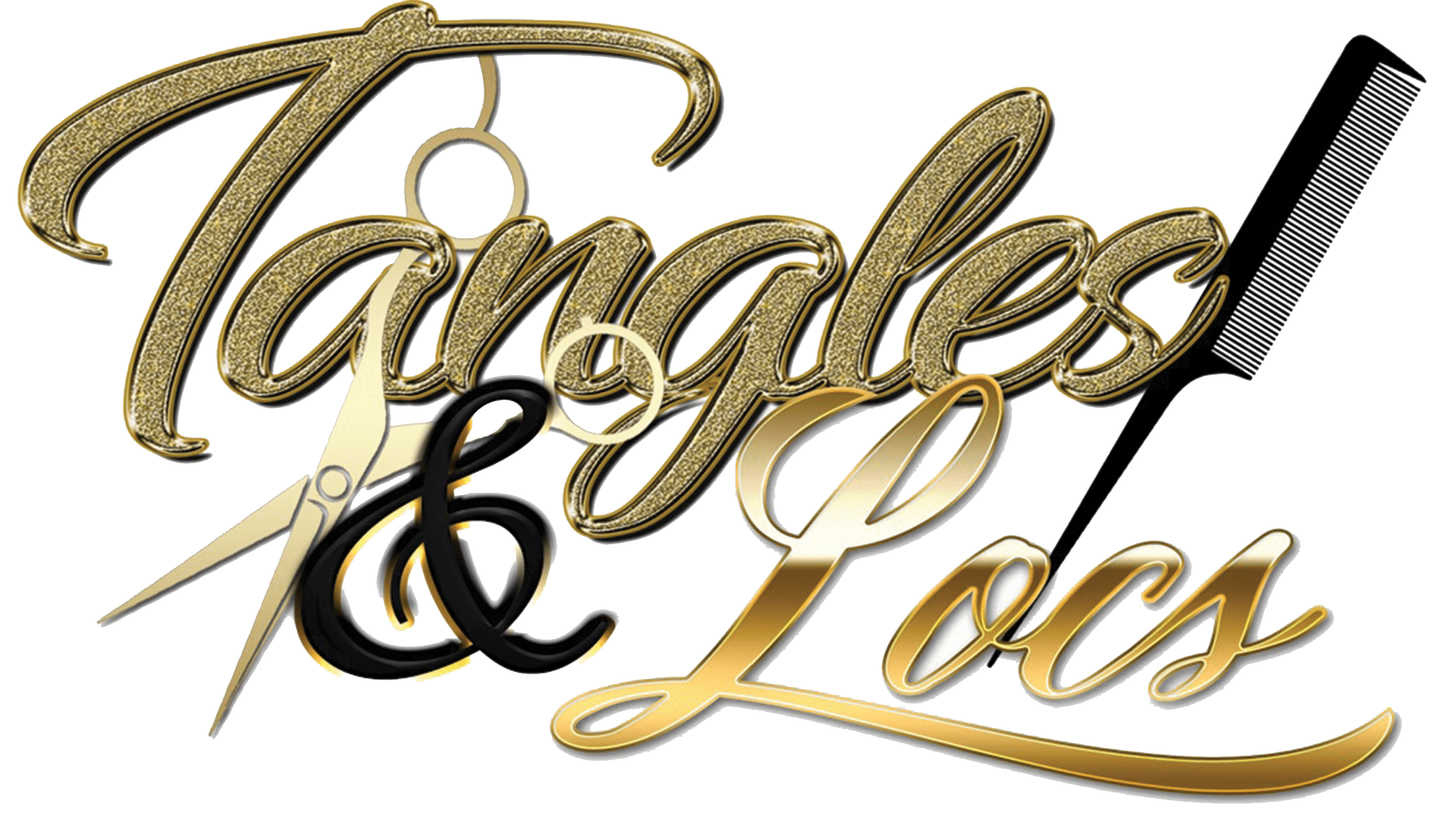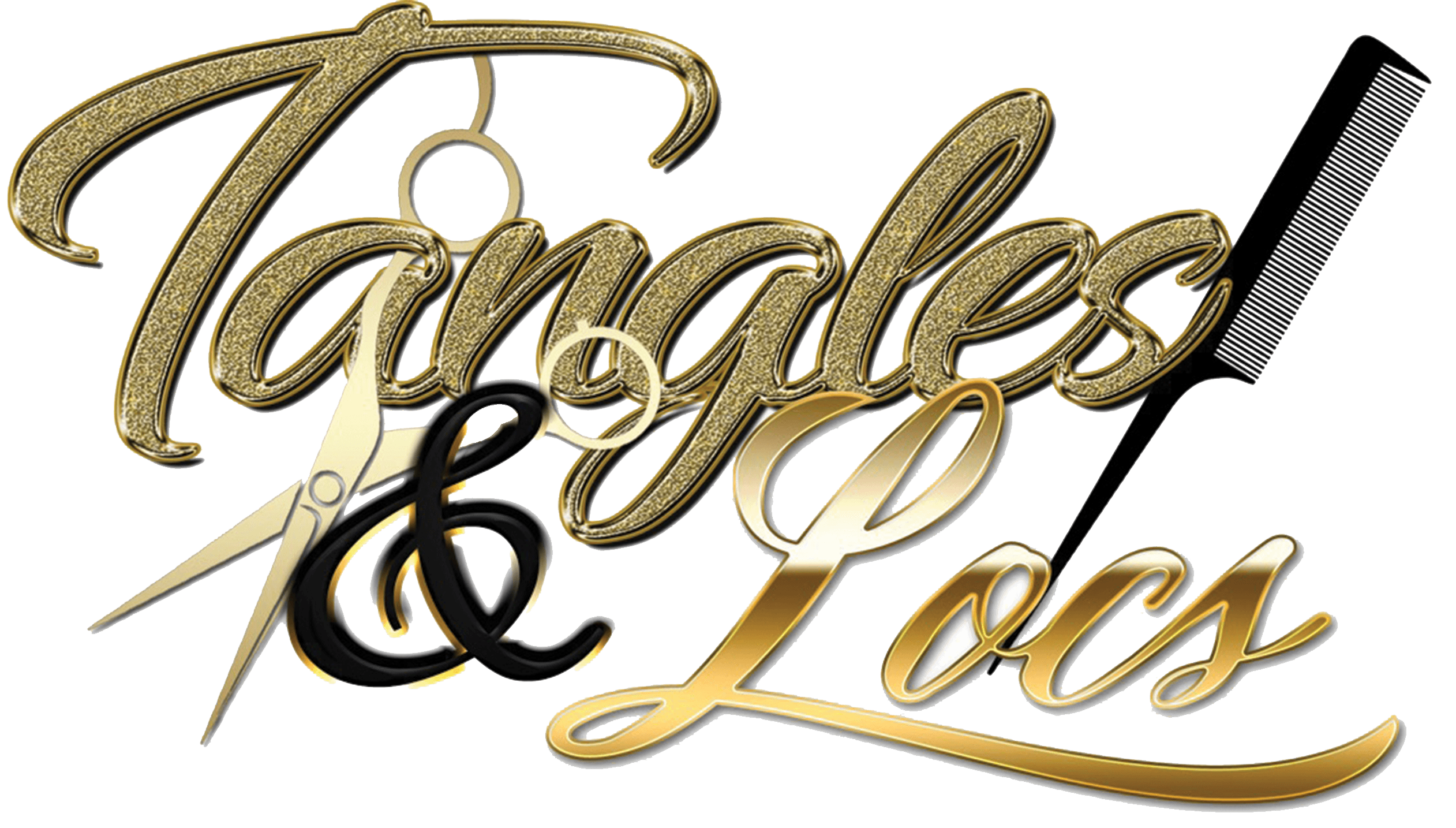Test Blog

If you’re reading this, then chances are you already know what locs are. To some it is just a hairstyle, to others it is a lifestyle and for a lesser percentage it makes up an integral part of the Rastafarian religion. This hairstyle is called by many different names, the most common of which includes locs, dreads, dreadlocks and jaata. But one thing is for certain and it is that locs aren’t a fad or new trend. This hairstyle dates back to over 3000 years ago and was used by various cultures and civilizations.
In present day, there are many different types of locs to choose from. Depending on the type you choose, there will be differences in installation method, cost, time, maintenance and the styling options that are available to you. Let’s examine them further.
Traditional locs
These are the most popular type of locs and there are many ways to install them. You can achieve them through interlocking, twisting, backcombing, twist and rip (also known as twist and pull), crochet and even a technique called dread perm. One great thing about this type of locs is that they are pretty low maintenance. All you basically need to do is shampoo and re-twist post installation. However, when it comes to styling your options are somewhat limited. Traditional locs are heavier and bigger than most other types so they are not as easy to manipulate.
Freeform locs
The creation process for this type of loc is pretty simple and the installation cost is nada! Freeform locs are created by letting the hair loc naturally. There are no special products that are needed and very little maintenance is required. All you might need to do is separate the roots from time to time as the locs grow and that’s about it. The downsides to this type of locs are firstly, it takes time for the hair to loc and secondly, your styling options are even less than with traditional locs due to the bulk and heaviness of freeform locs.
Sisterlocks
Created by Dr. JoAnne Cornwell in 1993, these locs are very tiny and uniform in size. They are created using a trademarked locking tool and can only be installed by a trained and certified sisterlock associate. Furthermore, these locs take a very long time to be installed and maintenance is non-negotiable. All in all, it can cost you quite a few coins for this very unique and beautiful type of locs. However, sisterlocks are very versatile thanks to their small size and they have a loose-hair appearance that many people like.
Brotherlocks
As the name suggest, these are the male version of sisterlocks. The same installation technique and a patented locking tool is used but with larger sections of hair of about 400–500 individual strands. Although brotherlocks are bigger than sisterlocks, they are still smaller than traditional locs. Installation can take between 10–20 hours depending on hair length and the total number of locs required, and this type of locs is also costly. Maintenance is also non-negotiable and you are only limited in styling as your masculinity may deem necessary.
Microlocs
These are often confused with sisterlocks because of their small size, but they are not the same. A few essential differences between the two are that microlocs aren’t trademarked, they can be different sizes and they do not need to be installed by a certified professional affiliated with any specific organisation. There are multiple ways to maintain these locs as there are multiple sizes to choose from. You can style these locs however you choose as you’re limited only by your imagination.
The decision of what type of locs to get is yours and yours alone. Just remember that some types have advantages over others and also keep in mind the size of the budget you have to work with.


No responses yet